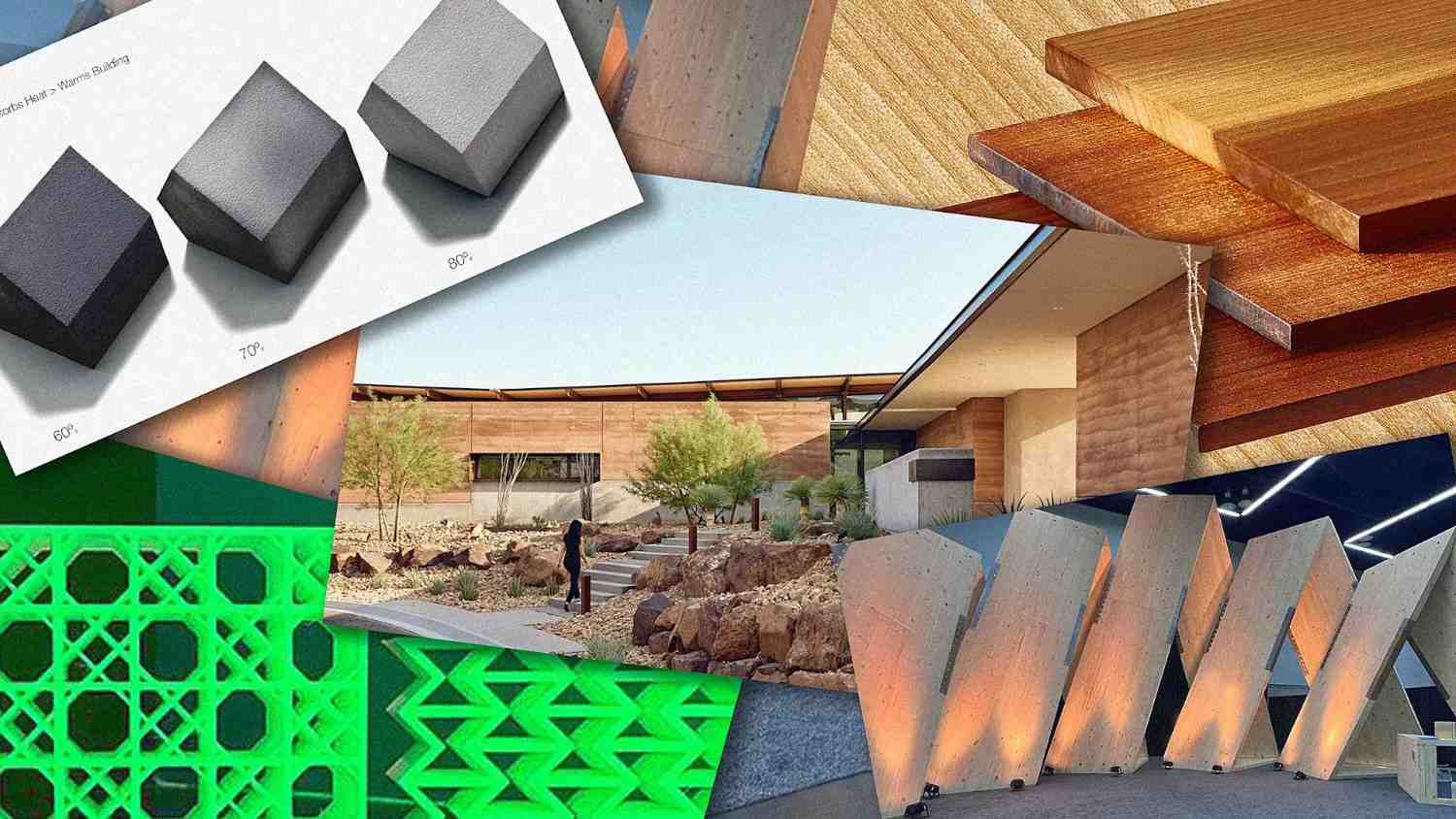- | 9:00 am
This autonomous taxi boat could turn urban rivers into roads
A conceptual boat system turns forlorn city waterways into new transportation and leisure spaces.

Urban waterways like rivers and canals have gone from essential travel and trading corridors to urban afterthoughts. They’re used by freighters or limited ferry services, but are otherwise mostly forgotten and largely untouched by the millions who live on their shores.
A new autonomous urban boat design concept suggests a future where these urban rivers—from the Thames in London to the East River in New York to the canals of Amsterdam—can be reintegrated into the way people live in and move about cities.
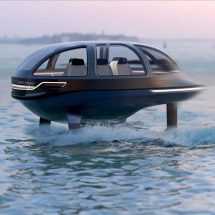
[Image: Seymourpowell]
Orb, the omni-robotic boat, is an autonomous podlike watercraft with room for six passengers. Designed specifically for dense cities, Orb cuts through the water on hydrofoils that allow it to maneuver around the typically larger vessels found on many urban waterways. Like an on-demand car service for the water, Orb makes water-based travel more easily accessible since it doesn’t require the large land-based infrastructure of a ferry or bigger passenger vessel.
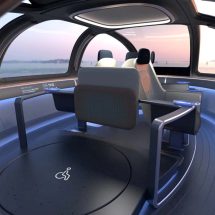
[Image: Seymourpowell]
The Orb concept was designed by Seymourpowell, a London-based strategy and design firm known for its work on projects ranging from train interiors to deodorant cans. Neil Baron is associate director of product experience at Seymourpowell and was the lead designer on the Orb project. He says the idea for the concept came from looking at growing congestion in and around London, and contrasting that with the wide open waters of the Thames River flowing through.
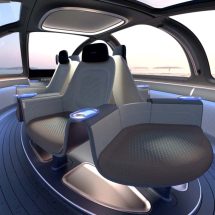
[Image: Seymourpowell]
“It’s not really publicly used. There are boats going up and down, but you get a boat every hour, and they don’t drop you off at many places,” says Baron. “It’s great if you want to go to the banking district and rubbish if you want to go anywhere else. Surely there can be something a little bit more flexible than this, that’s a bit more agile, a bit more accessible, and fun.”
Building on the 40-year-old firm’s expertise designing for railroads and airlines, Seymourpowell’s designers combined the latest thinking in transportation interior comfort with emerging technologies that are enabling vehicles to operate autonomously. Packaging that into the relatively small form of an electrically powered hydrofoil capsule, the design imagines a near future where easily accessible water taxis can expand on existing urban transportation networks.
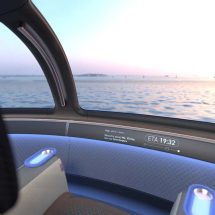
[Image: Seymourpowell]
The system is designed to include a modular dock that can be easily placed on the water’s edge and joined to additional docks like Lego bricks. Built-in charging infrastructure would refill the boats’ batteries, and on-board solar panels would help them handle longer voyages. Baron says the autonomous urban boat system could work for short trips, like from one side of an urban river to another, or more substantial trips, like from Chicago’s city center to a beach house farther up the shore of Lake Michigan.
Seymourpowell’s system could work as a small fleet or a massive network. Instead of getting on a bus or a subway with a fixed route, he says, a passenger could step into an Orb and select from a list of stations before whisking through the water.
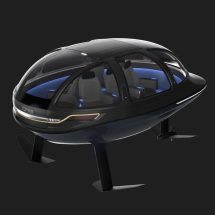
[Image: Seymourpowell]
THE FUTURE OF URBAN TRAVEL
Waterways in cities around the world could once again become more active and accessible parts of urban transportation networks, as well as places for leisure travel. Baron says the design took inspiration from the London buses designed by Thomas Heatherwick, which prioritized passengers views of the city. The Orb’s curved glass and spherical shape give it a panoramic outlook on the city from the relative open space of an urban river or lake. Senior designer Omar Chraibi refers to it as a “floating viewpoint,” and it’s as much a transit system as a tourist attraction.
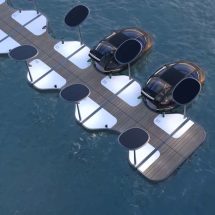
[Image: Seymourpowell]
This started as a concept for London, and it still is. It still works perfectly for the Thames,” he says. “But when my colleague showed me renders that they’d done for Venice, I thought wow, let’s all go on holiday. There’s something very pleasurable and escapist about it.”















